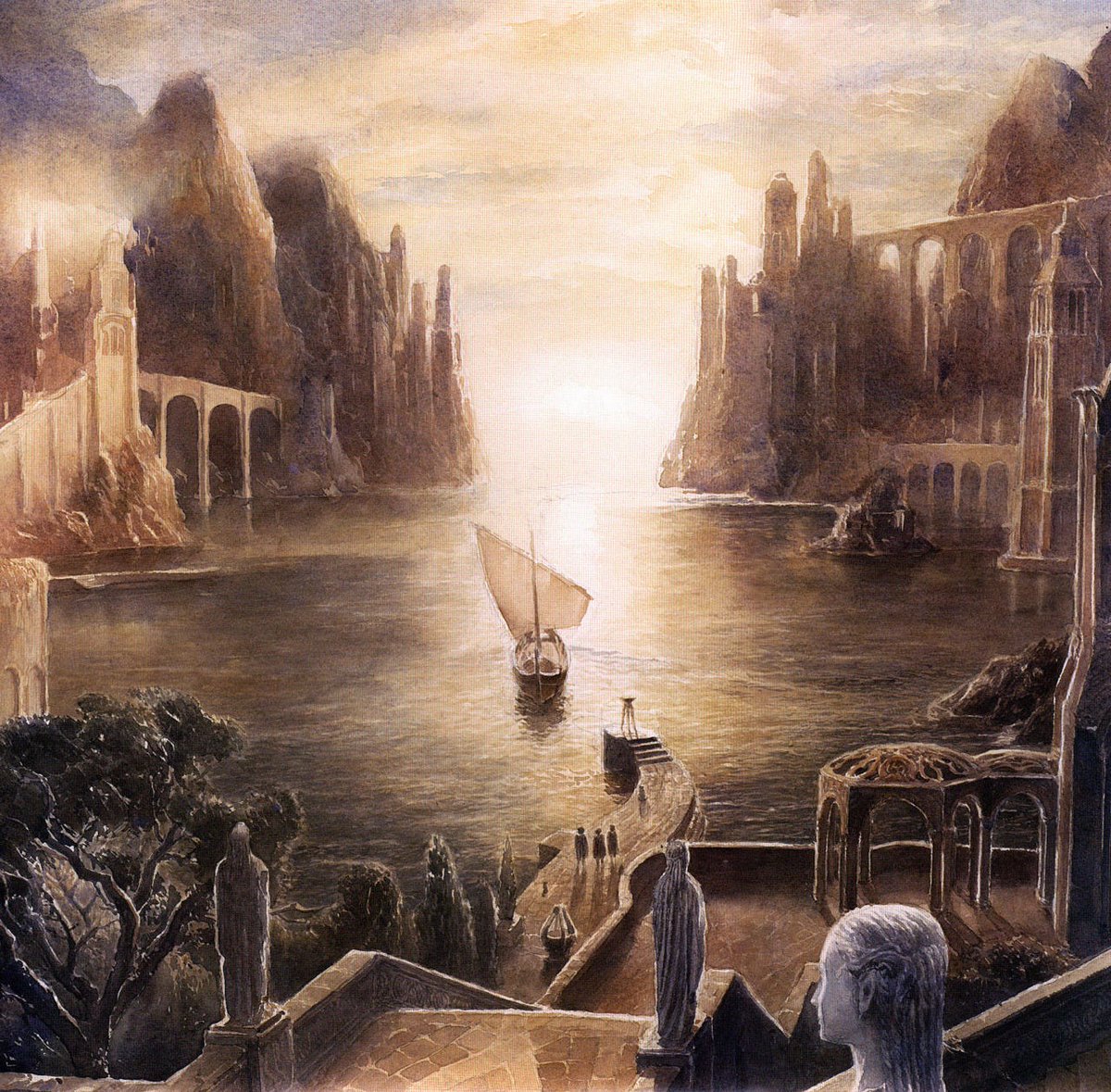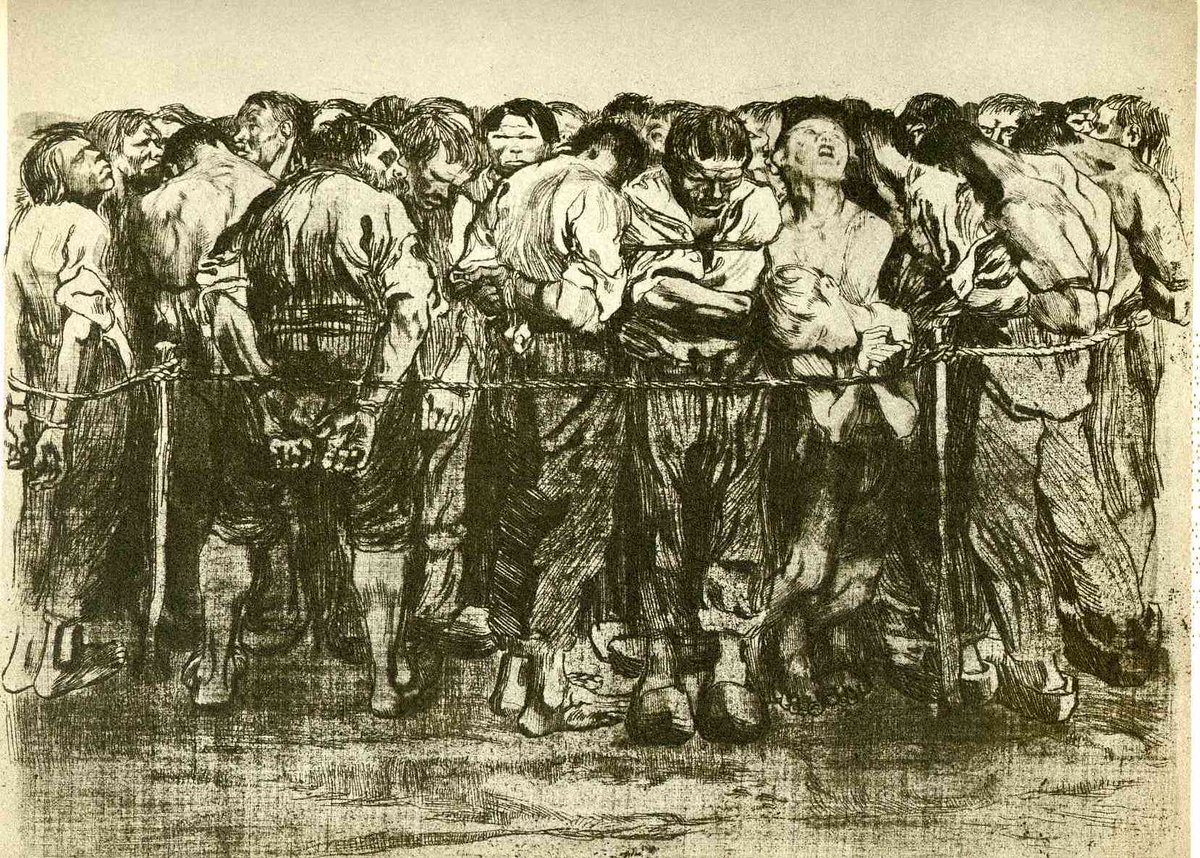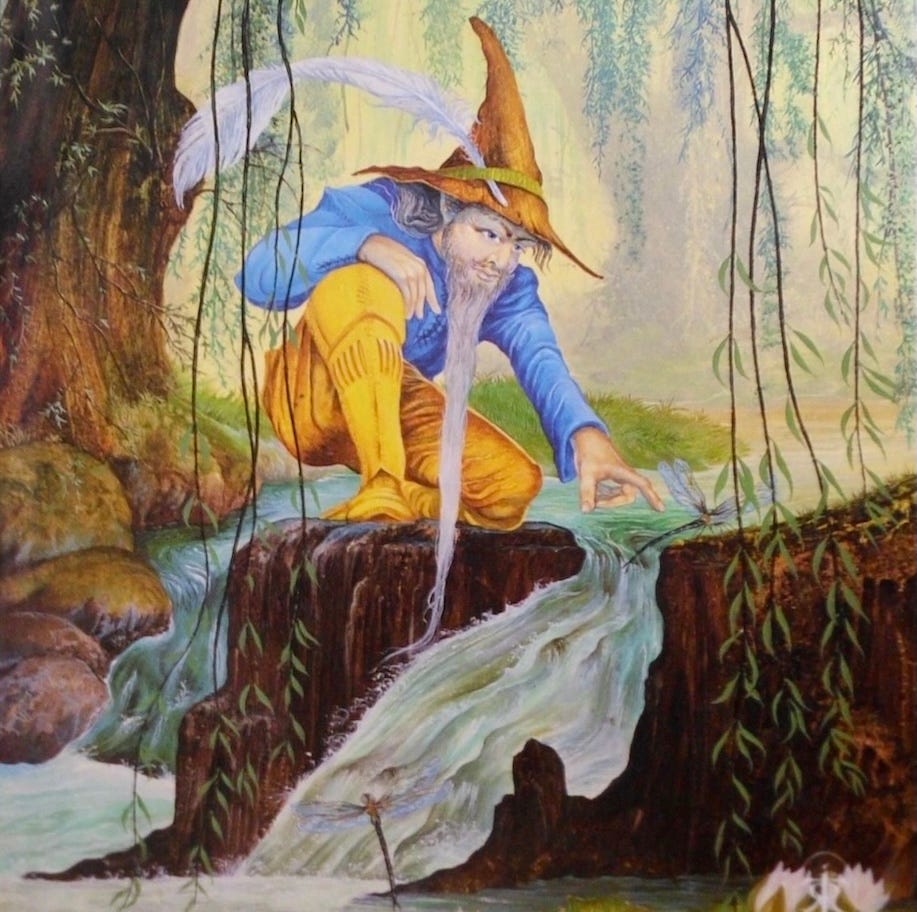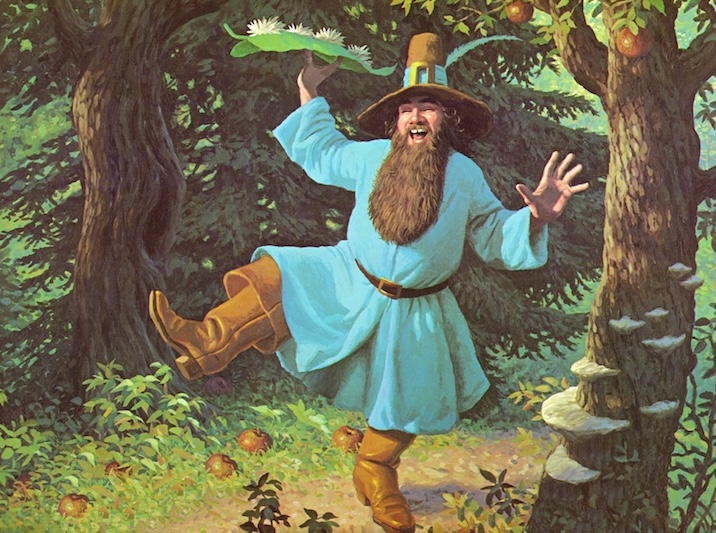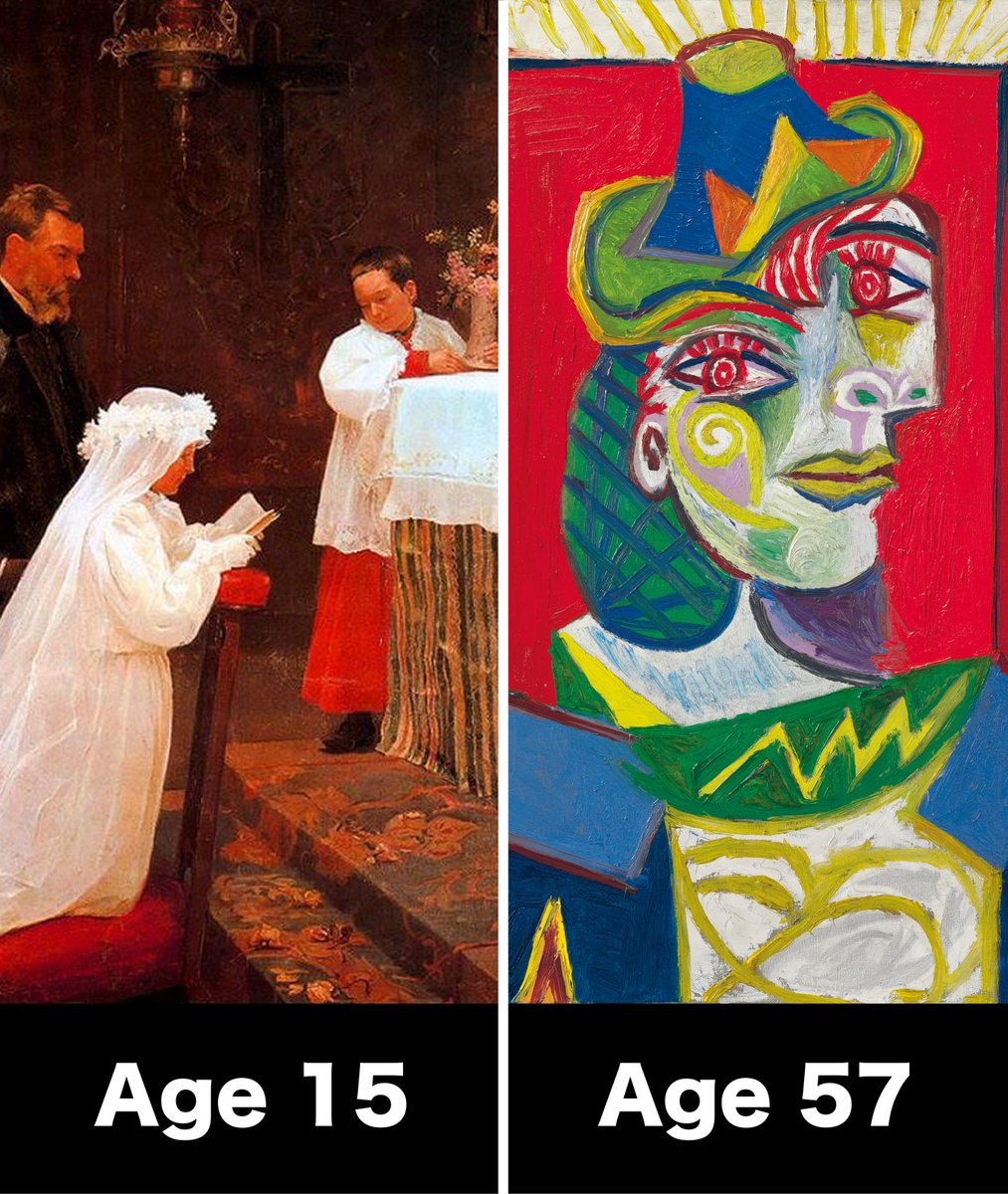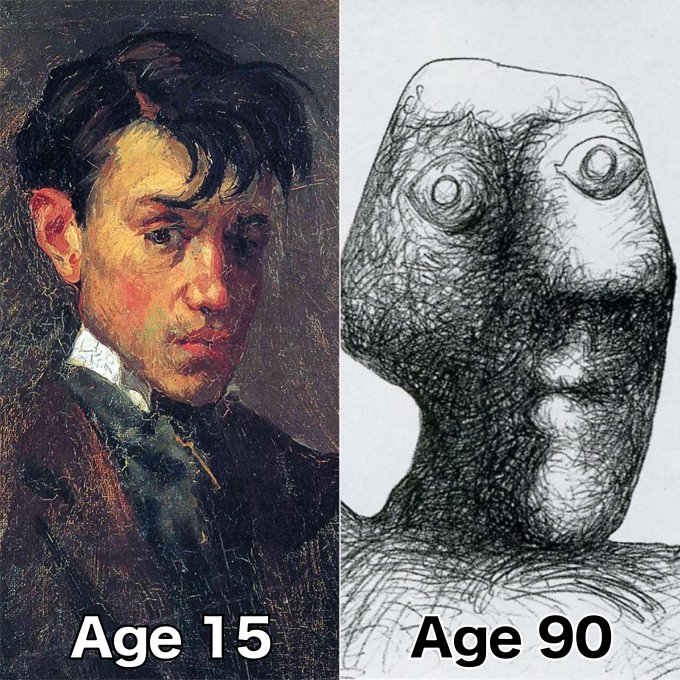There is no rope in this image. This is carved from a single block of marble.
The artist dedicated 7 years of his life to sculpt it - but what on earth inspired him to do that?
A thread... 🧵
The artist dedicated 7 years of his life to sculpt it - but what on earth inspired him to do that?
A thread... 🧵
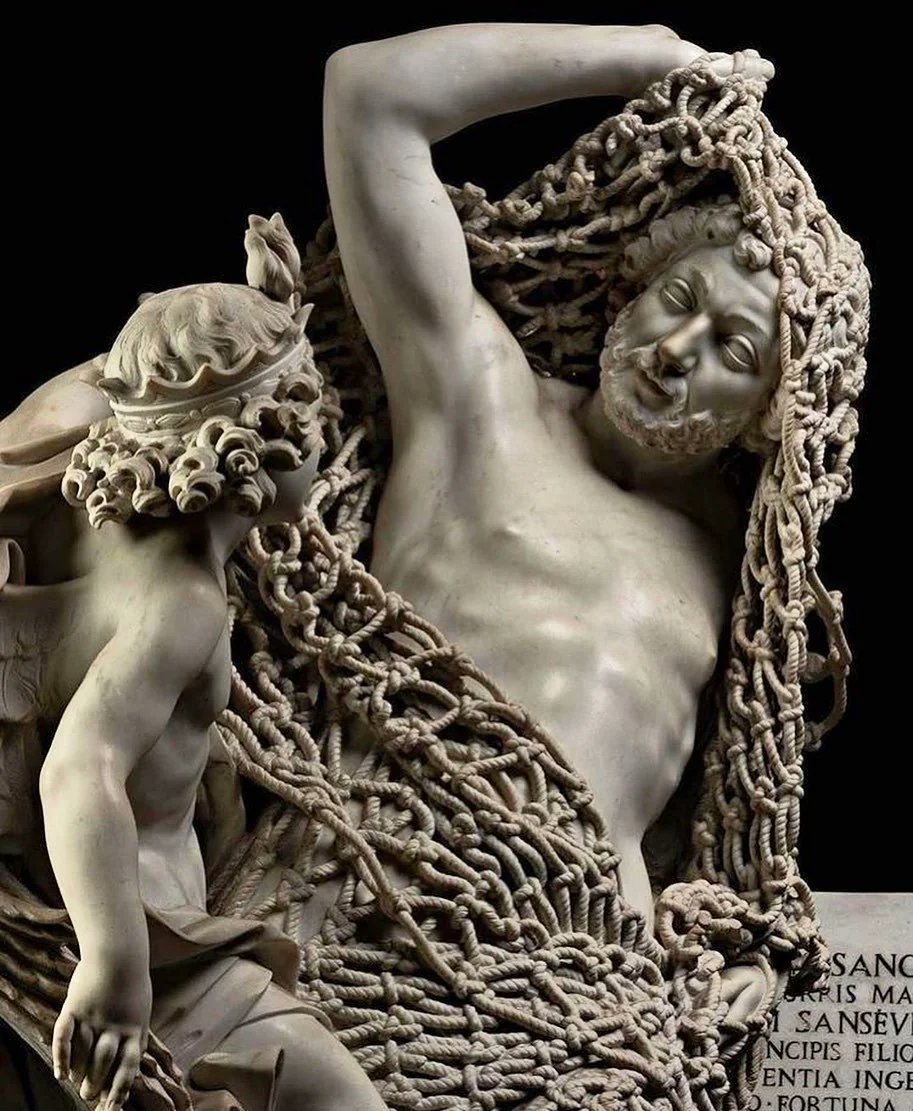
It's called "The Release from Deception", by Italian sculptor Francesco Queirolo in 1759.
Possibly the greatest test of patience in the history of art - and not a single wrong step made in the marble.
Possibly the greatest test of patience in the history of art - and not a single wrong step made in the marble.

Queirolo worked alone on his magnum opus for 7 years, without an assistant or even a proper workshop. Even other master sculptors refused to touch the delicate net in case it broke into pieces in their hands. 

It depicts a fisherman being released from netting by an angel, allegorical to the man being liberated from his sins.
It is actually a self-portrait - Queirolo saw himself being freed symbolically by his own intellect (as symbolized by the flame on the angel's head).
It is actually a self-portrait - Queirolo saw himself being freed symbolically by his own intellect (as symbolized by the flame on the angel's head).

The angel frees the man from the worldly desires that have trapped him, eluded to by the globe that she points to. Once freed, the angel guides him to the Bible resting at his feet. 

Like much great art of the day, it carried a religious message - this time about sin.
A Bible passage is even carved into it: "I will break thy chain, the chain of the darkness and long night of which thou art a slave, so that thou might not be condemned with this world."
A Bible passage is even carved into it: "I will break thy chain, the chain of the darkness and long night of which thou art a slave, so that thou might not be condemned with this world."

But it wasn't only faith that inspired it. In the 18th century (especially the Rococo era), artists one-upped each other to stretch the medium of marble to its extreme:
Translucent veils, perfect anatomical details, intricate folds of clothing.


Translucent veils, perfect anatomical details, intricate folds of clothing.


A few years earlier, contemporaries of Queirolo unveiled these to utterly stunned audiences: Sanmartino's "Veiled Christ" and Corradini's "Veiled Truth".
Both of which live in the same small chapel in Naples with Queirolo's work.


Both of which live in the same small chapel in Naples with Queirolo's work.


Despite this competition, Queirolo blew observers away. The netting was so intricate that an 18th-century historian famously described it as "the last and most trying test to which sculpture in marble can aspire." 

His masterpiece is kept at the Sansevero Chapel in Naples for which it was commissioned, along with several other miracles of marble. Easily one of the most underrated sights in all of Italy... 

If you like threads about great art, you NEED my weekly newsletter (free):
Art, history and culture - over 23,000 readers 👇
culturecritic.beehiiv.com/subscribe
Art, history and culture - over 23,000 readers 👇
culturecritic.beehiiv.com/subscribe
Detail of the other impossible sculpture in the chapel: the “Veiled Christ”. One of the most beautiful depictions of Christ ever rendered from a block of stone - people couldn't believe it was really stone. 

• • •
Missing some Tweet in this thread? You can try to
force a refresh


